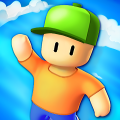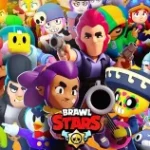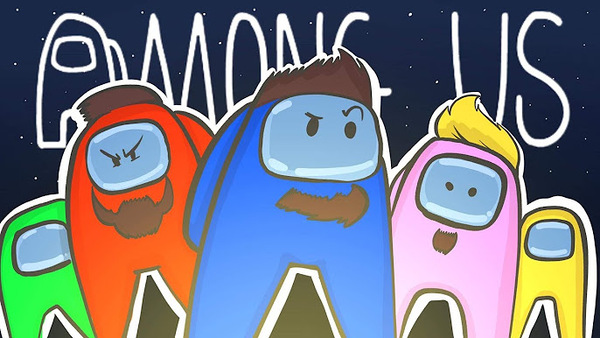Popular Now
Geometry Dash is an electrifying rhythm-based platformer that has captivated gamers since its release in 2013. Created by Swedish developer Robert Topala and published by RobTop Games, it offers fast-paced, reflex-driven gameplay that blends music with geometry in a way few games have ever done. Whether you’re brand new or a seasoned veteran trying to master the most difficult levels, this guide explores everything from the game's origins to advanced techniques, all while addressing the most commonly asked question: how to improve and succeed in Geometry Dash.
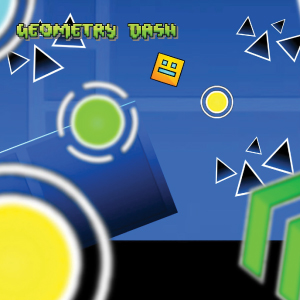
In this comprehensive breakdown, we’ll walk through the evolution of Geometry Dash, uncover key gameplay mechanics, analyze how to beat increasingly difficult levels, and explore the power of its user-generated content system. This article is your one-stop destination for learning how to make the most of the Geometry Dash experience.
The Beginning of Geometry Dash
Geometry Dash was released on August 13, 2013, for iOS and Android platforms. Initially featuring just seven levels, it introduced players to a simple concept: one-touch gameplay synchronized to electronic music. Despite its simplicity, the game’s difficulty curve and addictive soundtrack quickly made it a standout in the mobile gaming world.
Over time, Geometry Dash evolved far beyond its original form. RobTop introduced a level editor, allowing players to create their own challenges. This addition gave rise to a massive community that continuously asked how to build, share, and complete increasingly complex levels. Geometry Dash grew from a small indie project into a genre-defining game with a devoted following.
Core Gameplay and Mechanics
At its core, Geometry Dash is a side-scrolling platformer. Players tap to make their icon jump, fly, or change gravity, depending on the game mode. Success depends on precision timing and rhythm, as most obstacles are in sync with the background music. The iconic cube, ball, ship, and wave modes all offer different types of movement and control.
A common question among new players is how to improve timing. The answer is in practice and rhythm recognition. Each level is a choreographed dance between visuals and music. Learning how to anticipate upcoming sections based on sound cues is essential for survival.
How to Beat the First Levels
Beginners often struggle with even the earliest levels, like Stereo Madness or Back on Track. These levels are designed to introduce core mechanics, but they can still feel overwhelming. The key is to play them in Practice Mode first to learn the layout and mechanics without the pressure of restarting after every mistake.
To beat these initial levels, focus on learning how to use checkpoints in Practice Mode, how to identify common obstacle patterns, and how to jump only when necessary. Many new players fail because they jump too often or not at the right time. Understanding the rhythm of each section will dramatically improve your chances of success.
How to Use Practice Mode Effectively
[caption id="attachment_1880" align="aligncenter" width="600"]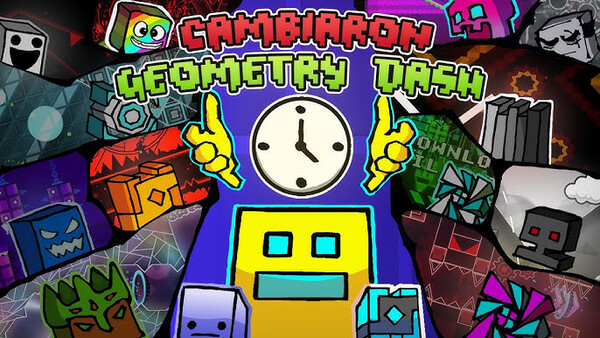 Customize your practice routine with specific goals, like collecting all coins or completing levels without checkpoints, to push your skills further[/caption]
Customize your practice routine with specific goals, like collecting all coins or completing levels without checkpoints, to push your skills further[/caption]
Practice Mode is one of the most powerful tools in Geometry Dash. It allows you to place checkpoints and practice specific sections of a level repeatedly. Understanding how to use it is crucial if you're serious about progressing.
To use Practice Mode effectively, break the level into manageable chunks. Focus on one section at a time. Ask yourself how to survive each obstacle, and keep replaying it until it becomes second nature. This mode is not just for beginners—it’s a vital tool for mastering even the hardest user-created levels.
Understanding Different Game Modes
Geometry Dash is not just about jumping cubes. The game includes multiple icon types, each with unique movement. The cube jumps when tapped, the ship flies upward while held, the ball switches gravity, and the wave zigzags. The robot, spider, and UFO each add their own flair.
Learning how to handle each form is crucial. For example, the wave mode demands fine control and a steady rhythm, while the spider requires split-second reactions. Knowing how to switch between modes mid-level and control your movements is what separates beginners from advanced players.
How to Master Difficult Levels
Eventually, you’ll reach a point where levels like Theory of Everything 2, Electrodynamix, or Deadlocked seem impossible. The difficulty spike can feel insurmountable, but with the right strategies, it’s manageable. One common piece of advice is to avoid rushing into these levels unprepared.
To master difficult levels, break them down. Use Practice Mode to learn each part. Watch walkthroughs and see how expert players approach the level. Ask how to overcome specific parts, and you’ll find that many sections rely on repeated patterns and timing cues that can be learned through repetition.
How to Create Your Own Levels
One of Geometry Dash’s standout features is the level editor. Players can design and publish their own levels with full customization over platforms, obstacles, effects, and even music. Knowing how to use this editor opens the door to endless creativity.
To start, learn how to use the basic building tools. Create a simple layout, add decorations, and choose a song. More advanced users can sync obstacles to music, create background effects, and script complex gameplay. The level editor also teaches valuable design lessons about player flow, difficulty balance, and aesthetics.
The Importance of Music
Music is more than just background noise in Geometry Dash—it’s the lifeline of every level. Each beat often corresponds to an action, whether it’s a jump, gravity switch, or portal. Learning how to use music as a guide is essential.
Ask yourself how to follow the rhythm instead of relying only on visuals. In many cases, the beat will predict what’s about to happen. With time, you’ll learn how to anticipate changes just by listening to the music. This is especially useful in custom levels, where visual cues might be intentionally misleading.
[caption id="attachment_1878" align="aligncenter" width="600"]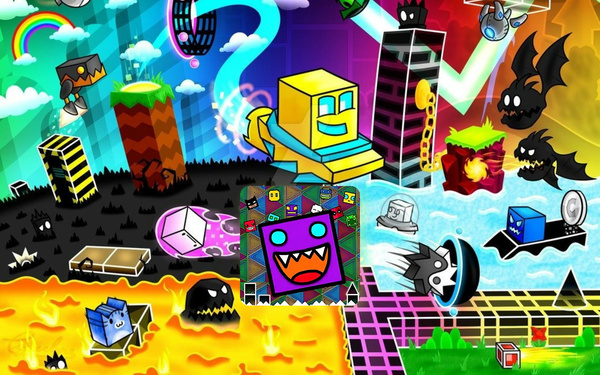 Before mastering advanced techniques, let’s cover the essential basics of Geometry Dash[/caption]
Before mastering advanced techniques, let’s cover the essential basics of Geometry Dash[/caption]
The Geometry Dash Community
Geometry Dash has one of the most passionate gaming communities. From forums to YouTube creators, players constantly share level ideas, walkthroughs, tutorials, and memes. Popular YouTubers like Juniper, GD Colon, and EVW have helped grow the game’s visibility.
Participating in the community helps players discover new levels, get advice, and stay motivated. Asking how to get noticed as a creator or how to find quality levels often leads back to community involvement. The game is as much a social experience as it is a solo challenge.
Advanced Tips and Final Thoughts
By now, you’ve learned about the game’s history, gameplay, tools, and community. But what about those next-level skills? Advanced players focus on consistency, reaction time, and patience. They also know how to use smaller icons for better control or adjust settings like music offset for tighter timing.
If you’re wondering how to go from average to elite, the answer is discipline. Practice every day, study other players, and push yourself one level at a time. Never try to skip the fundamentals. And most importantly, remember why you started playing—to have fun.

Conclusion
Geometry Dash is more than just a game; it’s a test of patience, rhythm, and creativity. From its humble beginnings to becoming a community-driven powerhouse, the game offers endless hours of challenge and entertainment. Whether you’re learning how to jump for the first time or designing your own custom level, there’s always something new to discover. Stay persistent, stay rhythmic, and you’ll find yourself conquering the impossible.
